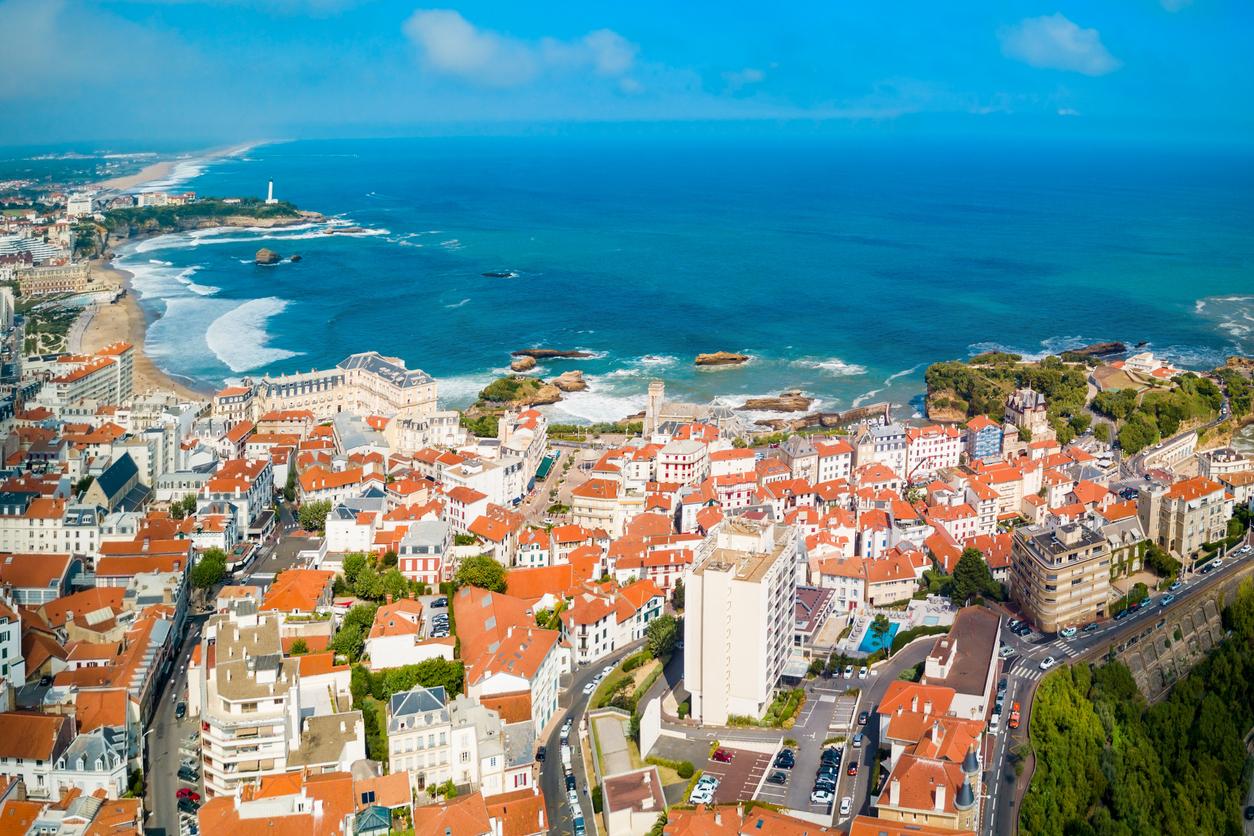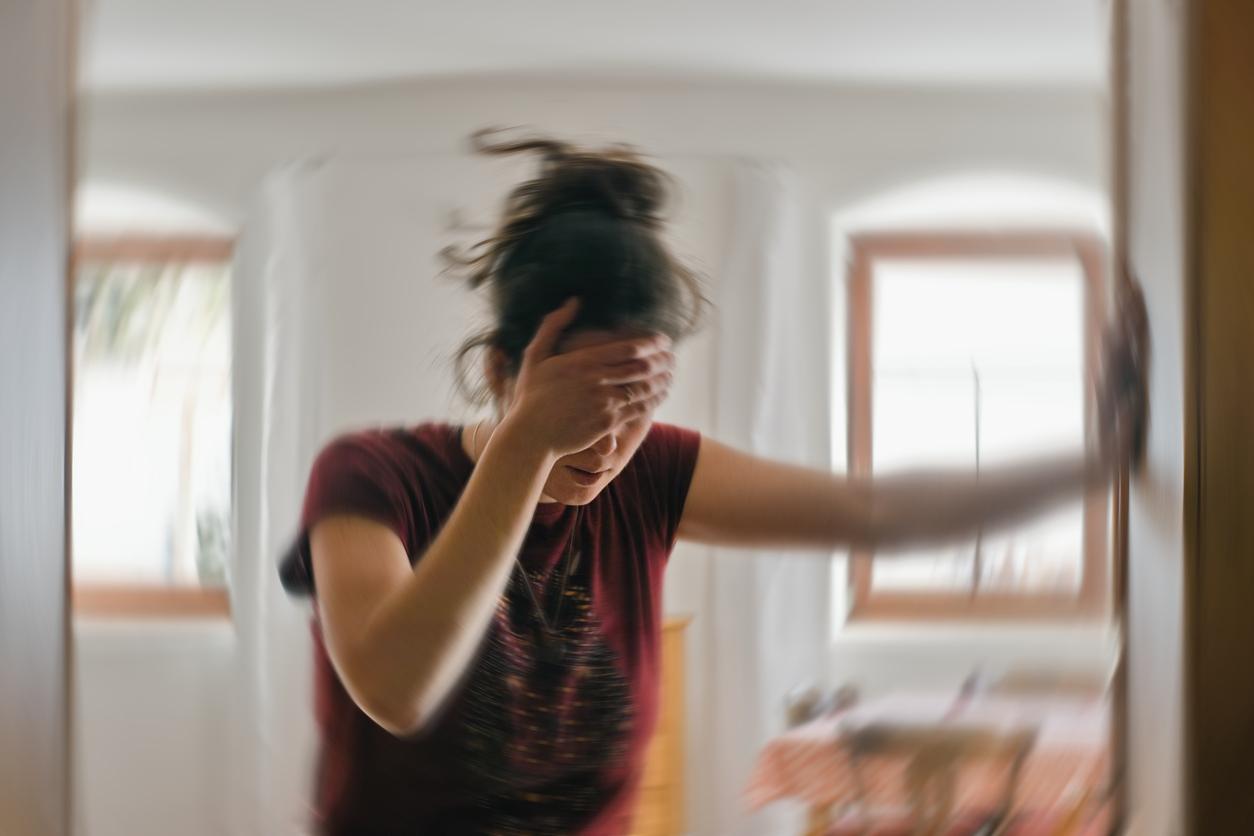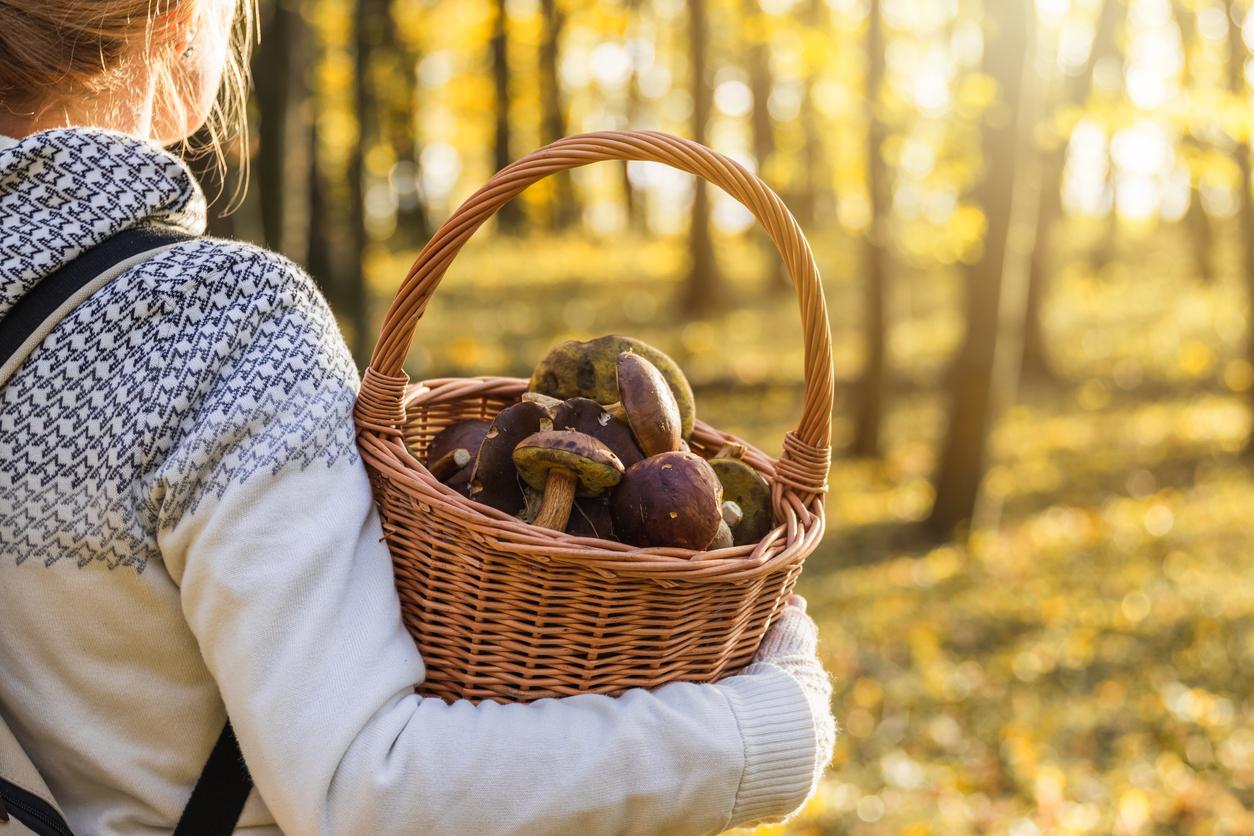The Ostreopsis algae can be dangerous to health and therefore causes disruption on the Basque coast.

- Ostreopsis algae disrupts summer on the Basque coast.
- Observed on the Basque coast since summer 2020, this aquatic plant can cause skin and respiratory reactions in the event of significant concentration.
- To date, more than 900 cases of poisoning have been reported, with symptoms appearing a few hours after contact with the algae or its toxins.
The beach at Port Vieux in Biarritz had to temporarily close on Saturday July 21 due to the Ostreopsis algae.
Ostreopsis algae: “fragile people are advised not to expose themselves”
Observed on the Basque coast since the summer of 2020, this aquatic plant can cause skin and respiratory reactions in the event of a significant concentration. To date, more than 900 cases of poisoning have already been reported, with symptoms appearing a few hours after contact with the algae or its toxins.
“We started to have cases a few weeks ago, but further south on the Basque coast, with surfers who presented respiratory or ENT symptoms,” indicates to France 3 Doctor Guillaume Barucq, general practitioner in Biarritz.People who are fragile or asthmatic are advised not to expose themselves when they know there is a risk,” he continues.
Ostreopsis algae: “information messages are broadcast by the ARS”
“There is currently no regulatory threshold for the toxicity of Ostreopsis, as may be the case, for example, during bacteriological monitoring of bathing water (Escherichia coli, enterococci, etc.)”, the authors also point out of a Franco-Spanish research program specializing in this issue.
“In the event of a high concentration of Ostreopsis, information messages are broadcast by the health authorities (ARS), the only authorities competent in this matter”, they add. “The Basque Country Urban Community relays these recommendations in real time via the Kalilo application and to the first aid stations for all the beaches on the Basque coast”, they detail.
How to spot Ostreopsis algae?
“Ostreopsis survives the winter on the coasts of the Basque Country, which explains its proliferation on the coast in summer,” also explains Elvire Atajan, director of the Lerar-Ifremer laboratory. “These microalgae grow under the cover of macroalgae (larger algae), favored by the rocky environment of the Basque Country. With the high tides and the swell, these cells break off and accumulate in the bathing areas,” reports the scientist.
Ostreopsis can accumulate on the water surface to form “flowers” gradually becoming brown sheets of several square meters.However, these can disappear quickly and it is not because they are not visible that there is no risk. The only distinctive sign of the presence of micro-algae: the sensation of a metallic taste in the mouth, even if it has only been inhaled and not ingested”, concludes Anses.
















